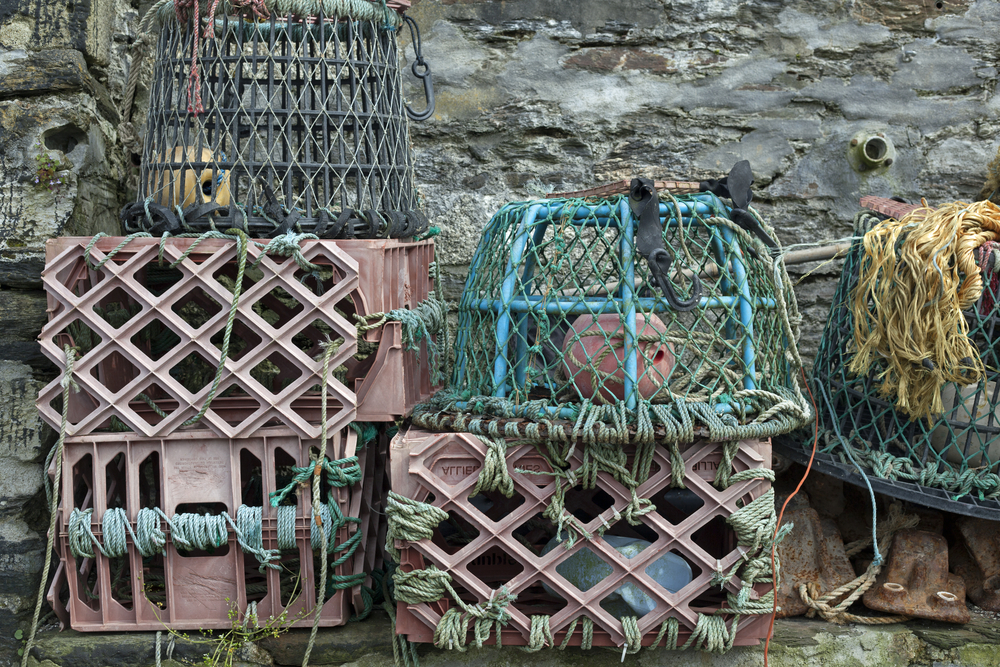
Mevagissey Harbour
Mevagissey is the second largest harbour in Cornwall, with two outer walls and an inner harbour that was built in 1778. The outer wall was built one hundred years later and reduced the villages exposure to storms, creating a glassy calm body of water for the fishing boats.
To fishermen, it’s the place you’re pleased to come back to after a long trip. To the rest of us, it’s where you stroll off your fish and chips on a fresh day. You might wonder if it was ever really built for industry or if that was just an excuse for building something scenic on a glimmering stretch of coastline.
Mevagissey harbour is unique in that the fishermen own the seabed surrounding the harbour, which is normally owned by the dutchy. The original Harbour Trust documents detailing the harbour rules and how the area will be managed were written in 1774 in the Ship Inn. This special document was bound not with leather from cows, but from Ling skin, a fish in the cod family.
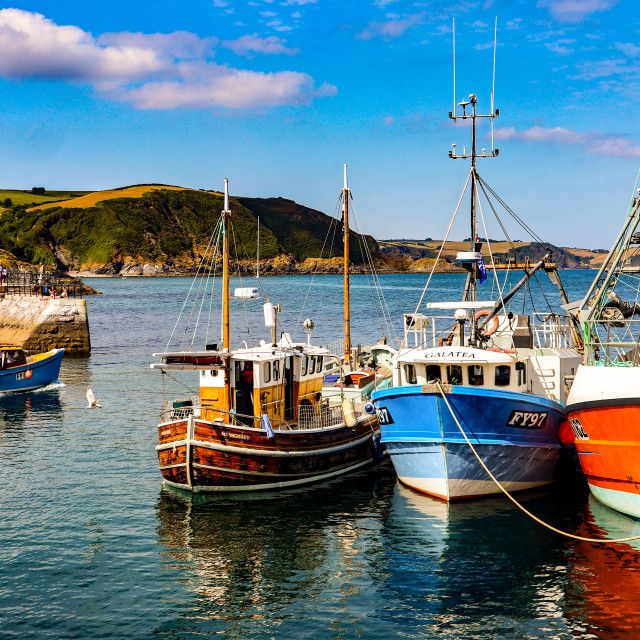
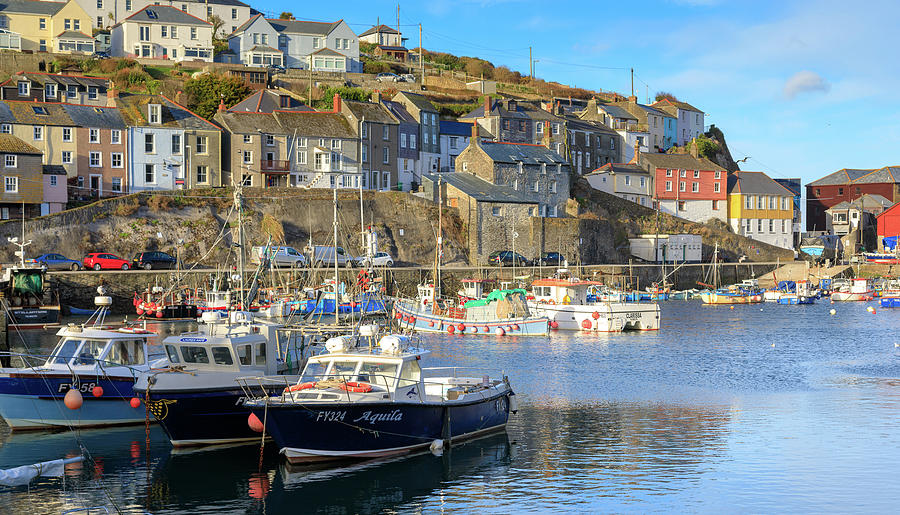

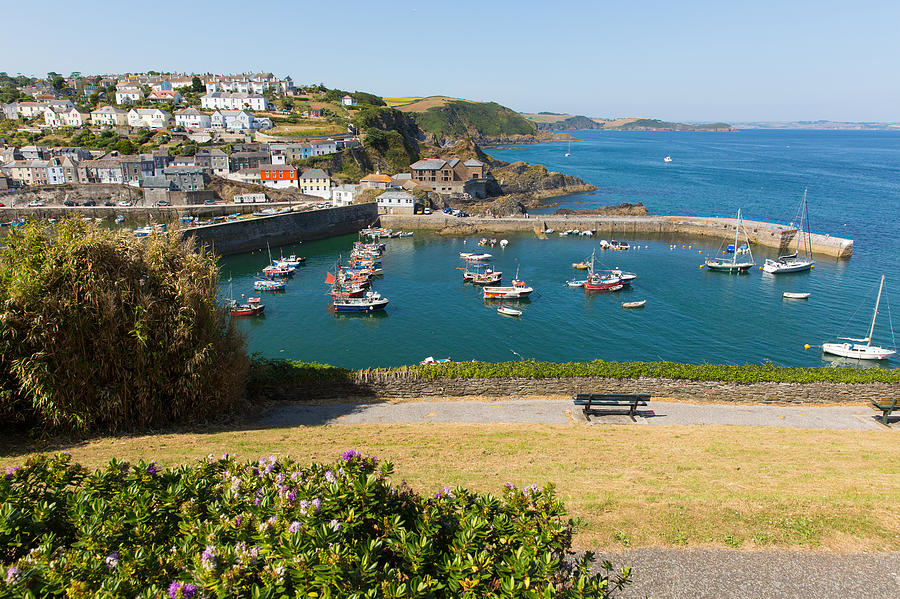
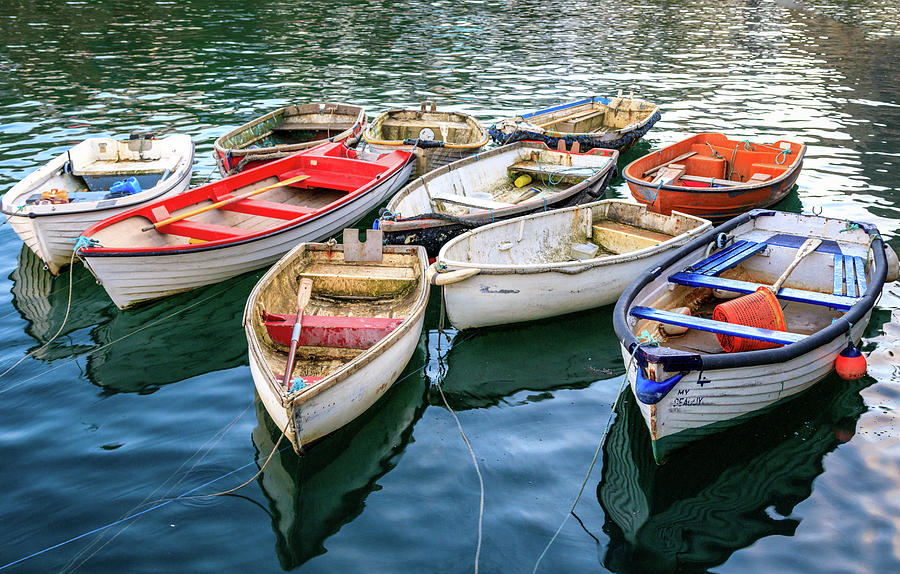
Crabbing
The crab population in Mevagissey have learnt they can have a lazy life eating pork if they are willing to do their bit for the tourism industry, and are generally obliging. Crabbing is a great family activity within the inner harbour wall in Mevagissey and crabbing kits are available in lots of shops nearby. Some crabs I hear are even picky, and only eat bacon from the local butcher. Trip Advisor reviews left by crabs typically mention over-crowded restaurants and rude, giant waiters.
Fishing
If you think trading bacon for crabs is a bad deal, you can grab a rod and target the abundance of fish species lurking and hunting around the harbour wall. Fishing from Mevagissey Harbour wall is excellent. Fishing kit and crabbing equipment is available from a tackle shop on the water front, but your best bet for catching mackerel for dinner is to go out of one of Mevagissey’s boat fishing trips.
Having said this, in early summer, it’s not uncommon to see four mackerel pulled out on a single line cast after cast. The buzz and excitement can be intense as rows of anglers stand with rods arched over. Mevagissey harbour’s outer wall has a pleasant, fresh breeze and even on busy summer days has remarkable tranquility combined with the energy and life that only a working harbour can generate.
In the harbour mouth dogfish lie on the seabed (a member of the cat-shark family cannily rebranded as ‘Rock Salmon’ in fish and chip shops) and wait for fish innards to be thrown over the side of the Bessee Vee. Of course, few people know these fish are there, but if you could see through the water, you’d see these mini-sharks dotted about on the seabed all around the harbour.
In winter it’s possible to catch squid from the harbour at night and if you dare, there are conger eels to be caught too.
Mevagissey Boat Trips
The boat to Fowey leaves from the inner harbour in the dock, and the Bessee Vee for chartered fishing trip leaves from the outermost harbour wall.
History of Mevagissy Harbour
Mevagissey harbour was built on the site of a medieval quay. An Act of Parliament was passed in 1774 allowing for a new port to be built, which is the one that stands today forming the inner harbour. An outer harbour was later added in 1888, but was partially destroyed just three years later in the Great Blizzard of 1891. The weather that March was responsible for the shipwreck of the merchant vessel Bay of Panama, which lead to the deaths of 23 people. Other accidents from the same blizzard lead to an additional 187 fatalities and an estimated 6,000 animal deaths. The wall was completely rebuilt by 1897.
The harbour has had charity status since 1988. Today, there are over 60 registered fishing vessels in the inner harbour area and about seventy fishermen. A wide variety of fishing techniques are utilised with a wonderful variety of fish caught out of the harbour; mackerel, sole, ray, lobsters, crabs and numerous other species are caught from Mevagissey harbour. Fish from Mevagissey are sold all over the world, but Fish For Thought, a local company, will deliver fresh local fish straight to your door and some of the best local restaurants source their fish locally.